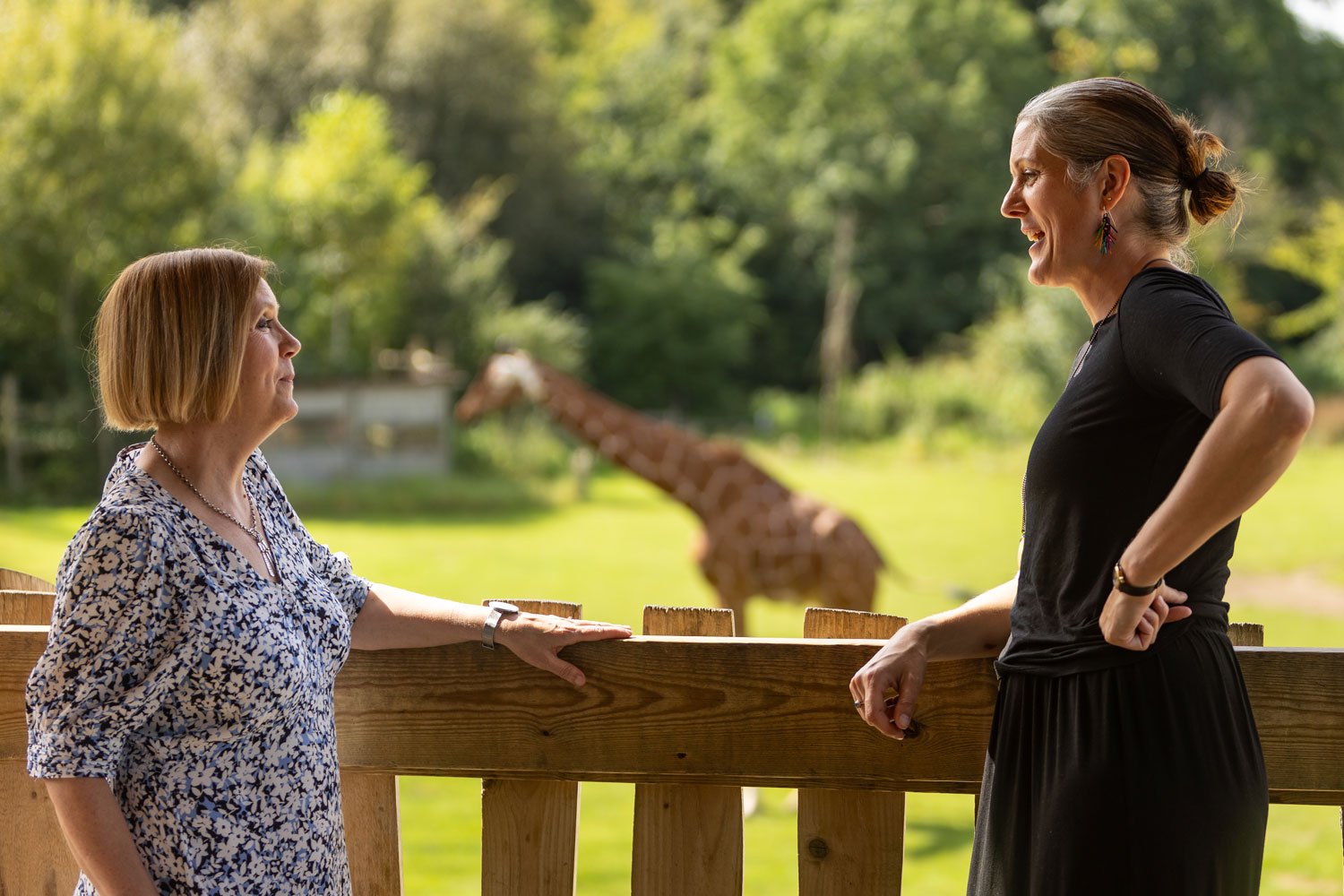Thrings Partner Kerrie Hunt meets Hannah Windross, Director of People and Public Engagement at the Bristol Zoological Society
Kerrie Hunt: Most people will know of the zoo, but can you give us some insight into its history?
Hannah Windross: Bristol Zoological Society has run a zoo in Bristol since it was formed in 1835. It’s the fifth oldest zoo in the world and the oldest not in a capital city.
At the time there was a newfound interest in science and nature, with the zoo and its botanical gardens being created for academic purposes. Several hundred wealthy philanthropists from the city, including the likes of Brunel, were invited to contribute £20 to help purchase some land and get the zoo up and running – Victorian crowdfunding!
A year later, the zoo opened to visitors for the first time and has since become one of our region’s key attractions, always with a view to continue that educational principle on which it was founded.
KH: There’s a lot of change afoot with the zoo relocating to the site we are at today. What can you tell us about that?
HW: The Society acquired the Hollywood Estate in the sixties, near to what today is Cribbs Causeway. Here we homed animals off-show from the public and grew animal food. In 2013, we opened Wild Place Project here, a zoo with a very different look, feel and mindset.
In the past few years, especially with the focus on climate change and the biodiversity crisis, we’ve really taken a wider view of what kind of zoo we want to be, focusing more on conservation and education. While the 12-acre site in Clifton will always be special, and we are proud of everything we have achieved there, this 136-acre space had so much more potential, especially around animal welfare.
We recently renamed Wild Place Project to Bristol Zoo Project. This name was chosen to preserve the fantastic heritage of the zoo whilst also embracing our future.
KH: How have the approaches to education and conservation evolved to what we have today?
HW: These remain very much at the heart of why Bristol Zoological Society exists. We want our conservation work to focus on species that need our help the most and so we have created a species plan, to focus on the most endangered, where we can have an impact. As part of this we have safely rehomed many of our animals with other zoos.
In terms of education, we are working to reach a broader audience, particularly families and children who may not, in their day-to-day life, regularly access nature.
Then you have the actual zoological side of education. Our education programme works with schools to bring classes to visit and we have had 15,000 children through the doors already this year. By our 200th anniversary in 2035, we want the annual figure to be 90,000!
We also work with 400 PhD and master’s students, the conservationists of tomorrow, and run six master’s courses in partnership with UWE, the University of Bristol and SGS College. As part of our expansion over the coming years, we want to double these figures through the creation of a new conservation campus at the heart of the zoo, which will have a breeding centre, medicine centre and learning centre.
KH: What is on the horizon for the Society and the Bristol Zoo Project?
HW: The next few years will see a great deal of change as we achieve the vision for Bristol Zoo Project and create new, amazing habitats for our animals, utilising the space we have here. This will start with our Central African Forest habitat, with construction getting underway next year. This will be the new home for our western lowland gorillas who are currently still at the Clifton site. It will also include endangered cherry-crowned mangabey monkeys, African grey parrots and critically endangered slender-snouted crocodiles.
Once this new habitat opens in 2025, we will be picking up the pace with further new features, including our Central African Savannah, where we will be supporting a range of threatened species including the beautiful black rhino, which will then be followed by our new conservation campus. It is all very exciting, and we cannot wait to get started!
For more information about the Bristol Zoological Society and Bristol Zoo Project, visit bristolzoo.org.uk.
